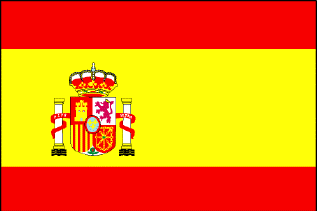Introduction
We proceeded to a worldwide multiple factors analysis identifying factors across countries and their effects as to severity or propagation of the epidemic. We decided to publish our findings on this site until producing a paper to share and help researchers, decision makers and individuals who wish to. We can be contacted for questions and further exploration if needs be. To view factors click here
We are grateful to Professor Bricaire for his help, to view how Professor Bricaire's input has helped us please click here
Our findings to help understand what happened and better plan the future.
The conclusion would be the return of sanatoriums. (After all,
we used these techniques in the middle ages)
- In cities studied below, first quartile, curve rising up
happens as days are short, 4th quartile the curve dropping as
days become longer
- It doesn't like light (bats are nocturnal, Moscow should start dropping within 3 to 4 weeks)
- It slows as days become longer (question: it struck hardest end of winter when vitamin D levels were lowest ?)
- It doesn't like the cold (it starts late in Scandinavia, New York, Moscow)
-
It doesn't like sea shore (Madrid vs Barcelona, Milan vs Rome, Paris vs Marseille, Brussels vs Lille)
- It doesn't like heat (it has flat curves)
- It seems to be more virulent in late winter early spring (sun deficit?)
- It likes people grouped together with recycled ventilation (cave bat)
% of losses in the population to assess the severity of the epidemic by urban area

% of losses of population according to confinement (Italy, France, Spain), distance (Australia, Denmark), Free Sweden



You may want to download the spreadsheet to understand the model.
Please click here to visit our latest work in progress and latest scenarios.
Why do we publish this
This is a work in progress we are sharing for suggestions to correct, improve, challenge by other computer scientists, mathematicians, or other people with a skill that can improve/correct the model
We feel humility is an asset
We feel thinking and thinking together is beneficial to all
Feel free to download the spreadsheet, play with it change it and redistribute it. We are giving this spreadsheet under copyleft MIT License provided you quote this website in any new derived spreadsheet you contribute
Feel free to send us new country region with your findings for above variables if you want us to try to include your region/country depending on availability of our resources
The password to the worksheet is "Password1"






